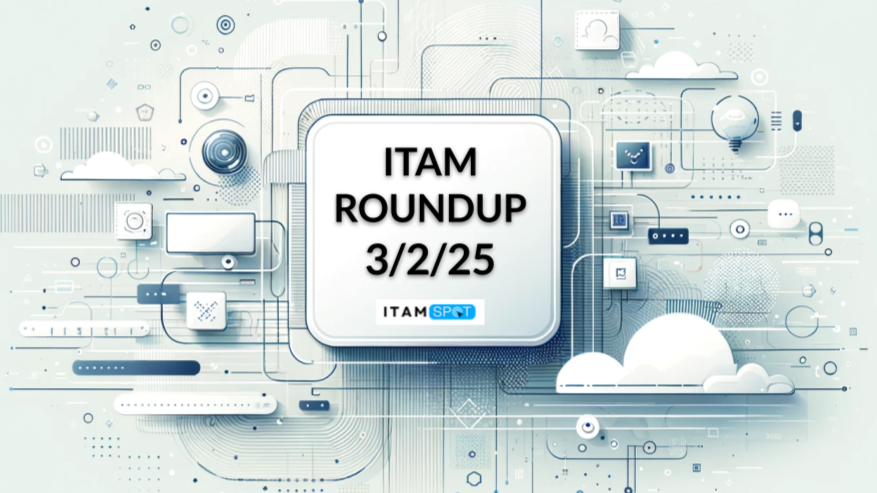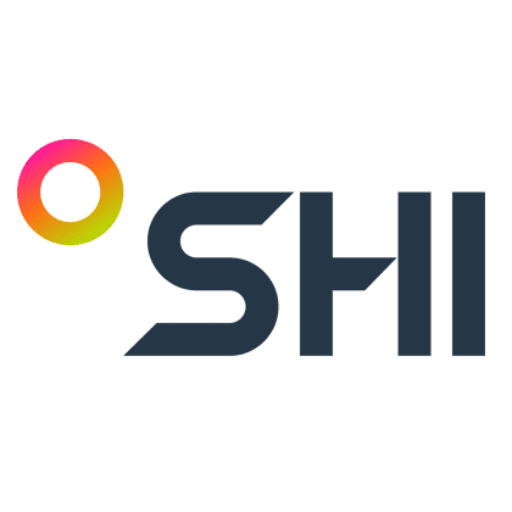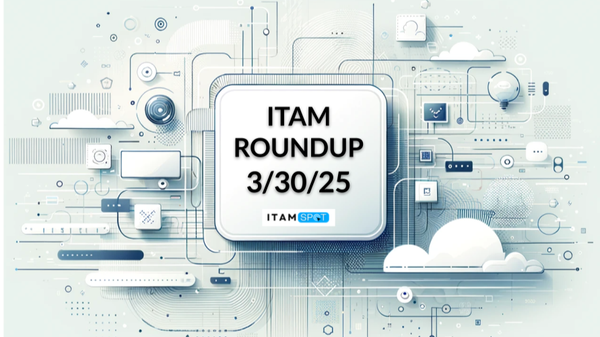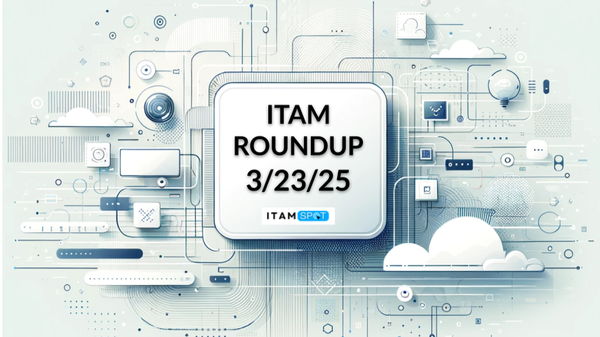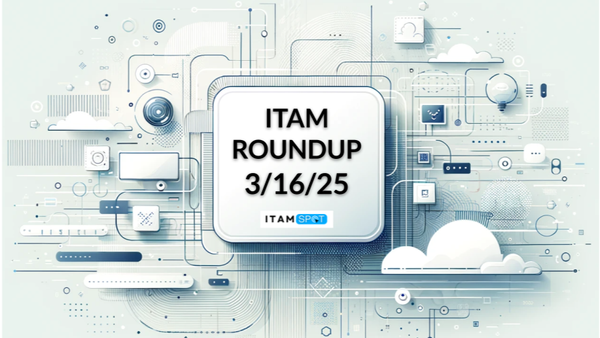The ITAM Roundup: 3/2/25
📰 News
Microsoft to discontinue Skype after more than 20 years
Microsoft announced that Skype will shut down on May 5, with users being directed to Microsoft Teams, which has significantly more users. Skype, acquired by Microsoft for $8.5 billion in 2010, saw its user base decline as Teams grew to over 320 million monthly active users. Microsoft will sync Skype accounts to Teams, allow data downloads until the end of the year, and provide premium features to paid users until their subscriptions expire.
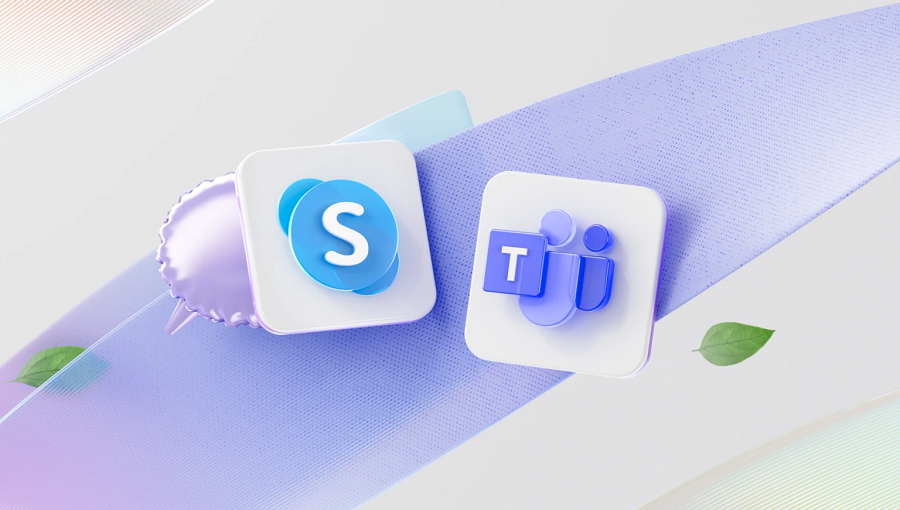
IBM’s $6.4B HashiCorp acquisition cleared by UK
The U.K.’s Competition and Markets Authority (CMA) has approved IBM’s $6.4 billion acquisition of HashiCorp, clearing a key regulatory hurdle for the deal. This aligns with the U.K.’s recent push to be more business-friendly, particularly in international transactions, though the full rationale for the decision is yet to be published. However, the acquisition is not finalized, as the U.S. Federal Trade Commission (FTC) is still reviewing the deal.
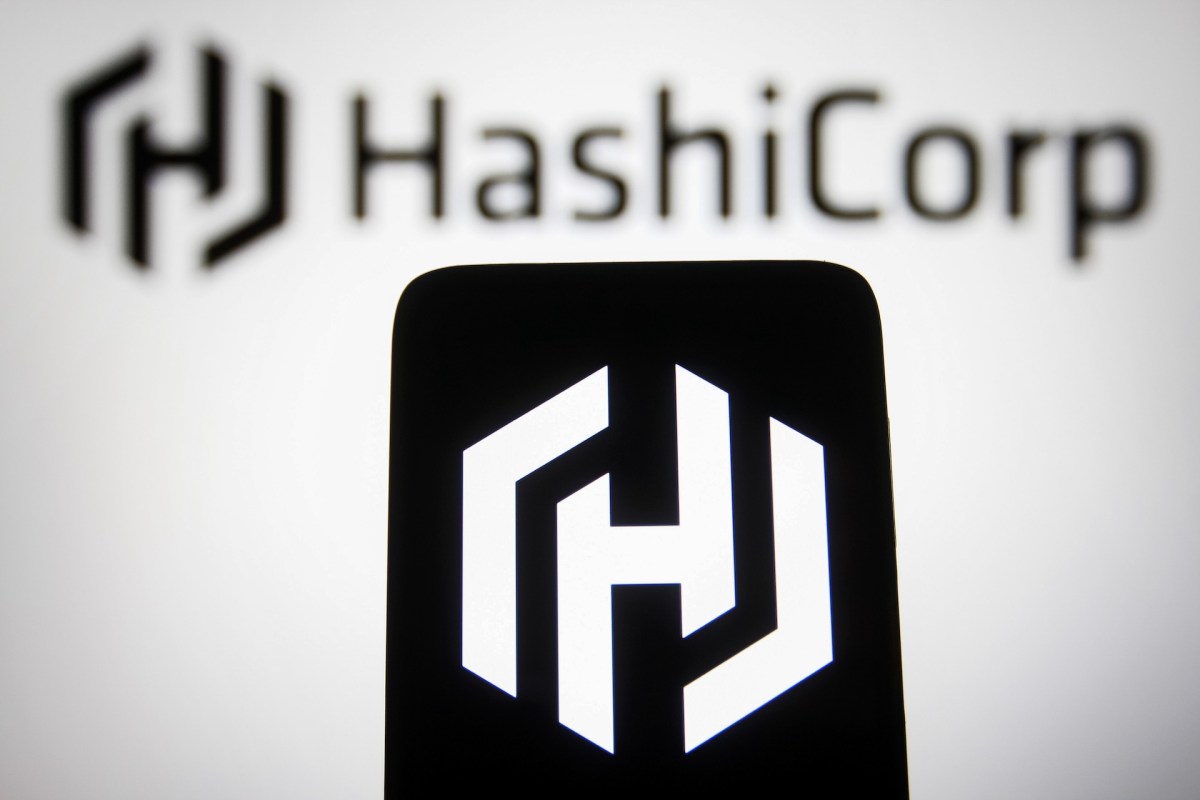
Apple Investing $500B in AI, Manufacturing in U.S.
Apple announced a $500 billion investment in the U.S. over the next four years, focusing on AI and manufacturing. The plan includes opening a Houston-based manufacturing facility for Apple Intelligence servers, expanding data center capacity, doubling its Advanced Manufacturing fund, and launching a Michigan academy to train manufacturers. CEO Tim Cook emphasized Apple’s commitment to American innovation, with the Houston facility set to open in 2026.

Intel slows its roll on $28B Ohio fab expansion, pushing production to 2030s
Intel has delayed its $28 billion Ohio semiconductor fab expansion, pushing production to the 2030s due to market demand and financial challenges. The project, originally set for 2025, has faced repeated setbacks tied to federal subsidies, increasing losses in Intel’s foundry division, and CEO leadership changes. While construction continues at a slower pace, Intel is also restructuring its foundry unit and indefinitely postponing European expansion, though potential U.S. tariffs on foreign semiconductors could boost future domestic demand.

Salesforce ends 2025 fiscal year with ‘quarter of Agentforce’
Salesforce ended its 2025 fiscal year with $900 million in annual recurring revenue from its Data Cloud and AI segment, driven by strong adoption of its agentic AI platform, Agentforce, which now has 3,000 paying customers. The company signed 5,000 customers to Agentforce since October and closed 25 transactions over $1 million in Q4, contributing to its total fiscal year earnings of $37.9 billion. Salesforce plans to expand AI-driven growth by hiring 2,000 sales workers while addressing enterprise concerns around governance and data readiness.
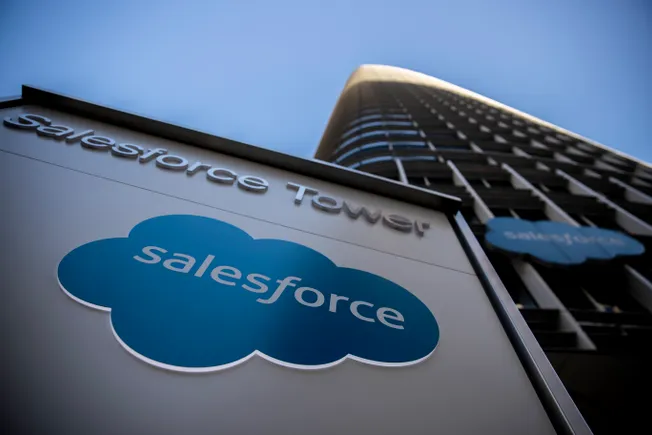
The biggest enterprise technology M&A deals of the year (so far)
Enterprise technology M&A activity is expected to rise in 2025, driven by private equity firms deploying capital after a cautious 2024, along with lower interest rates and favorable regulations. Key deals so far include IBM acquiring HashiCorp for $6.4 billion and planning to buy DataStax, MongoDB acquiring Voyage AI to enhance AI applications, and SolarWinds being sold for $4.4 billion to Turn/River Capital. Additionally, Lenovo is acquiring storage company Infinidat, while the US Justice Department blocked HPE’s $14 billion bid for Juniper Networks due to competition concerns.

Week 9 & 10 SAM & ITAM Jobs | #ITAMjobs
Licenseware has more updated lists of global SA and ITAM job opportunities for professionals at various experience levels. Positions span across multiple industries and locations, including companies like IBM, Volvo, Oracle, Deloitte, and Tesco, with some roles offering salaries up to $266K per year.
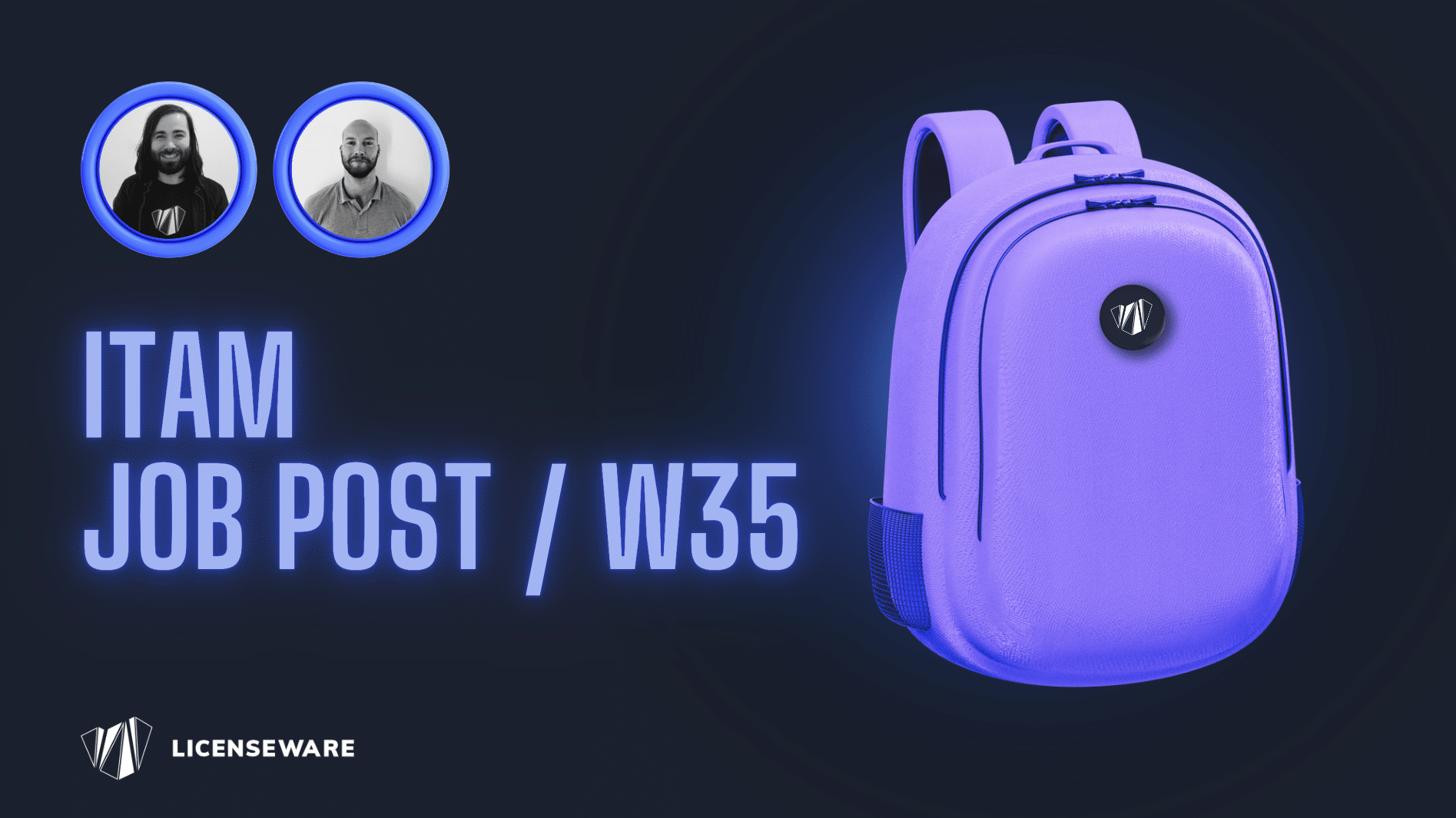
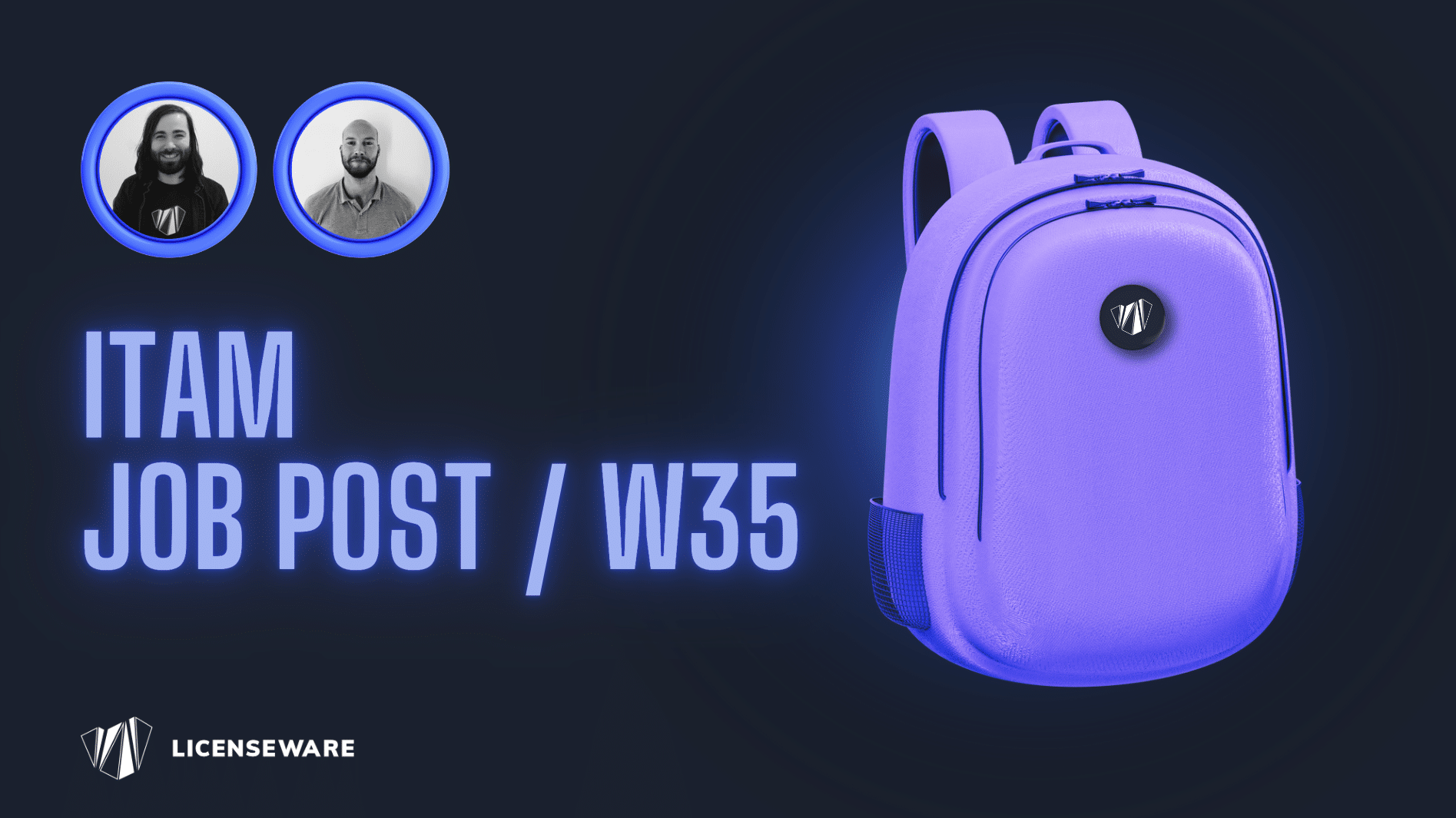
📖 Tips
Tech stack complexity surge triggers wasted spend
A WalkMe report found that large enterprises lost an average of $104 million in 2024 due to underutilized technology, disjointed strategies, and low adoption, with nearly half of IT investments failing to deliver ROI. Tech stack complexity continues to rise, with enterprises using an average of 625 applications, 28% of which are AI tools, and struggling with "transformation debt"—the gap between innovation and tangible value. To improve digital transformation success, businesses must prioritize training, user engagement, and foundational data initiatives, as poor prioritization and resource allocation have hindered AI adoption.

Key Takeaways from the State of FinOps 2025 Report
The 2025 State of FinOps Report highlights that while workload optimization remains the top priority, governance and AI cost management are rapidly gaining importance. With 63% of organizations now tracking AI spend—double last year’s figure—FinOps is expanding beyond traditional cloud cost management to include SaaS, private cloud, and broader financial oversight. As teams juggle an increasing number of responsibilities, investment in FinOps tools and automation is rising, signaling a shift toward efficiency and scalability in managing technology costs.

Mergers are booming. Will your ITAM strategy help you stay ready?
With mergers and acquisitions surging, companies without a strong IT Asset Management (ITAM) strategy risk overspending on duplicate software, facing compliance issues, and exposing security gaps. Effective ITAM planning ensures smoother integration by identifying redundant contracts, optimizing licensing costs, and mitigating vendor audit risks before deals close. Organizations that proactively manage their software assets—or partner with ITAM experts—can reduce unexpected costs, maintain compliance, and streamline post-merger transitions.

Stop cloud cost overruns: FinOps forecasting best practices
Cloud cost overruns are common due to the complexity of pricing and rapid cloud adoption, making accurate forecasting a challenge for FinOps teams. Key challenges include inaccurate migration estimates, difficulty predicting costs for new applications, managing cloud discounts, uncontrolled software license expenses, and spending anomalies that disrupt budgets. Best practices to improve forecasting involve early engagement with application owners, leveraging cost management tools, optimizing discounts, and implementing proactive monitoring to prevent unexpected cost spikes.

Mastering Oracle Negotiations: Insights from UpperEdge’s Expert Advisors
UpperEdge’s latest episode on Oracle negotiations provides key insights into securing favorable deals for SaaS offerings like Fusion ERP and OCI. Experts emphasize Oracle’s strong financial growth, the competitiveness of Fusion ERP, and the challenges of negotiating due to siloed product pricing, aggressive contracts, and pressure tactics. To optimize agreements, IT leaders should secure upfront discounts, negotiate renewal protections, and engage with Oracle at least six months before renewal to maintain leverage.
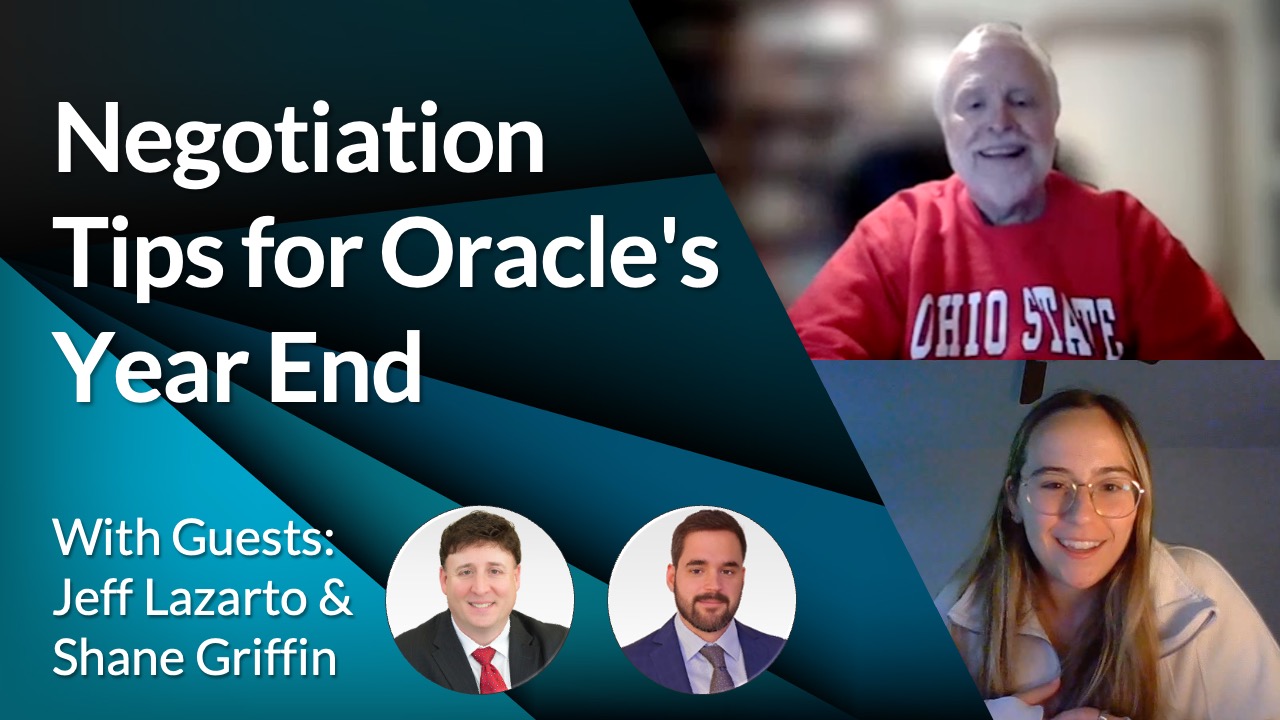
The role of FinOps FOCUS in enhancing cloud cost management and beyond
FinOps FOCUS (FinOps Open Cost and Usage Specification) is a standardized format for cloud billing data, developed by the FinOps Foundation and adopted by major cloud providers to simplify cost management. By standardizing cloud billing data, FOCUS reduces complexity for organizations, FinOps practitioners, and tool vendors, enabling better cost visibility, easier data ingestion, and more efficient optimization processes. Flexera has been an active contributor to FOCUS, leveraging its integration to enhance cost management solutions and drive further adoption across cloud spend areas like SaaS.

🐛Bugs & Exploits
Ransomware criminals love CISA's KEV list – and that's a bug, not a feature
Attackers are actively exploiting vulnerabilities listed in CISA’s Known Exploited Vulnerability (KEV) catalog, with 28% of its entries being used in ransomware attacks in 2024. GreyNoise research highlights that many exploits target outdated vulnerabilities, with 40% being at least four years old, and criticizes vendors like Ivanti, D-Link, and VMware for poor security practices and delayed patching. The report urges organizations to reconsider using these vendors' products, as attackers continue to leverage both legacy and new vulnerabilities through automation and sophisticated attack chains.


